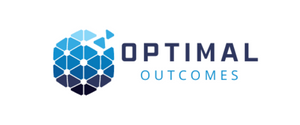Tel: 650-980-4870
Blog

Public Cloud & Enterprise Software Cost Challenges
Public Cloud Cost Challenges
Key Issues:
Lack of visibility - Many organizations can't track which departments/projects are driving costs
Over-provisioning - Resources allocated for peak demand but running 24/7
Unused resources - Forgotten instances, storage, and services left running
Data egress fees - Unexpected charges for moving data between regions or to on-premises
Auto-scaling gone wrong - Misconfigured scaling policies leading to cost spikes
Cost Control Strategies:
Implement cloud cost management tools (AWS Cost Explorer, Azure Cost Management)
Establish resource tagging policies for accountability and chargeback
Use reserved instances and spot instances for predictable workloads
Set up automated shutdown for dev/test environments
Regular rightsizing assessments to match resources to actual usage
Implement budget alerts and spending limits
Enterprise Software Cost Challenges
Key Issues:
Vendor lock-in with annual price increases and limited negotiation power
Feature bloat - Paying for capabilities that aren't used
Per-user licensing that doesn't scale efficiently
Maintenance and support fees often 20-25% of license costs annually
Shadow IT - Departments buying redundant solutions
Cost Control Strategies:
Conduct software audits to identify unused licenses and redundant tools
Negotiate enterprise agreements with volume discounts
Consider open-source alternatives where feasible
Implement software asset management (SAM) programs
Evaluate SaaS vs. on-premises total cost of ownership
Establish centralized procurement to prevent duplicate purchases
Regular vendor contract reviews before auto-renewals
Both areas require ongoing governance, regular monitoring, and cross-functional collaboration between IT, finance, and business units to maintain cost discipline.
Menu
Services
© Copyright 2023. Optimal Outcomes. All rights reserved.
